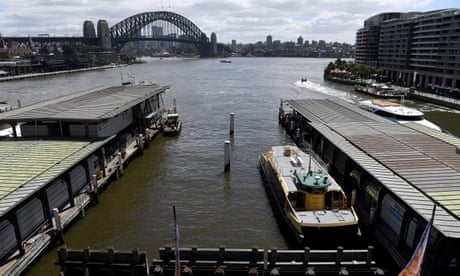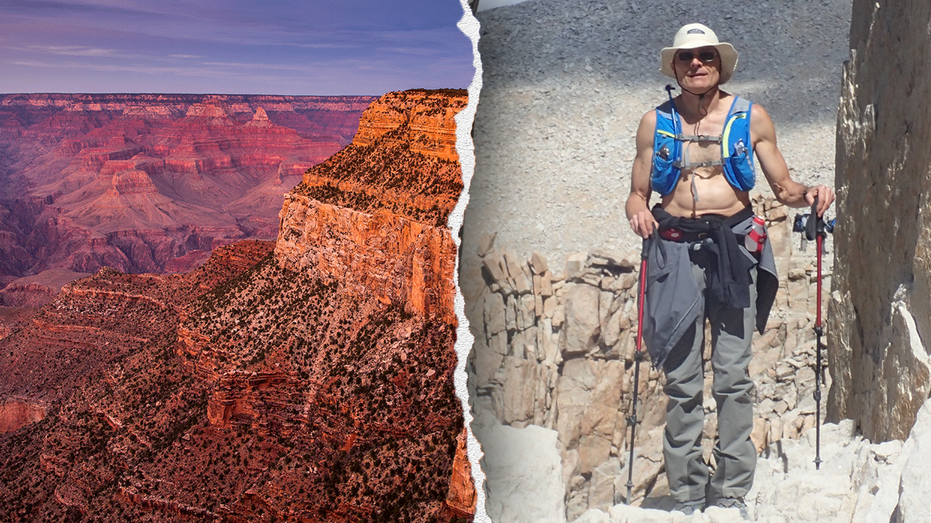- by foxnews
- 23 May 2025
Sydney Harbour turns brown as authorities warn against swimming after floods
Sydney Harbour turns brown as authorities warn against swimming after floods
- by theguardian
- 11 Mar 2022
- in news

Sydney Harbour turned brown as a result of storm water carrying soil and debris, and algal blooms have appeared on the usually pristine sands of Hyams beach in the Jervis Bay region.
Rainfall is the major driver of pollution into coastal areas because it generates storm water and triggers the overflow of raw sewage into waterways.
Flood waters, sediment and debris are behind the murky colour of many waterways along the New South Wales coastline and the viruses and bacteria carried by untreated sewage can pose a health risk to swimmers.
Campey said the greatest effects were on estuaries where storm water was discharging into the ocean and where there were lower levels of flushing.
Swimmers are typically advised to avoid swimming in ocean beaches for one day after rainfall, and for three days in harbours and enclosed bays.
But given the scale of the flood disaster, Campey said the dangers could linger for longer, noting that flood waters were still making their way through river systems.
Swimming in waterways affected by storm water can expose swimmers to pathogens that can lead to illnesses such as gastroenteritis, and ear and skin infections.
Recent results have contained elevated microbial levels, showing the effects of storm water pollution and indicating the water is not suitable for swimming in.
There is also a risk of injury from hidden objects and debris submerged in the water, such as furniture or trees.
Daily beach pollution forecasts are also available on the Beachwatch website.
The director of the graduate school of engineering at the University of New South Wales, Stuart Khan, said the colour of the water in places such as Sydney Harbour was largely due to soil and debris in the water.
He said given flood waters were still making their way down rivers such as the Hawkesbury, there would be some places that would take a while to clear up.
Scanes said this would reduce the available light, creating stress for seagrasses, seaweeds and kelps, which provide important habitat.
The arrival of fresh water into salt water systems would also create problems for some marine species.
He said some species will have sought refuge at the bottom of waterways, where the water will still be salty. Others will have been forced to move elsewhere.
Scanes said freshwater fish would also be seeking refuge because soils and sediment could irritate their gills, and in places away from the main flow of flood waters
- by foxnews
- descember 09, 2016
United Airlines flight returns to Hawaii after concerning message found on bathroom mirror; FBI investigating
United Airlines Flight 1169 to Los Angeles returned to Hawaii after a "potential security concern" aboard the plane. The FBI and police are investigating.
read more


